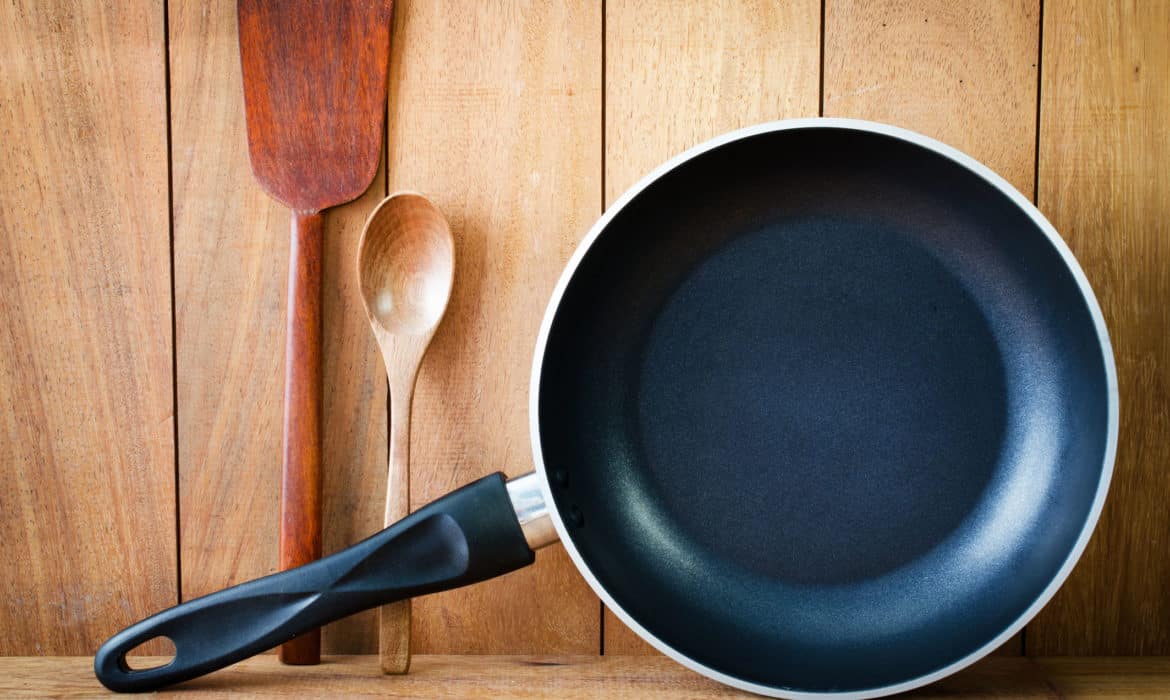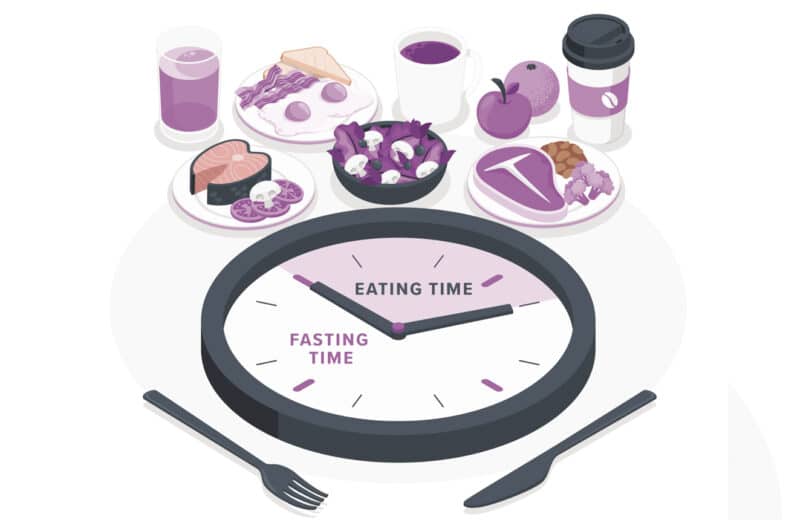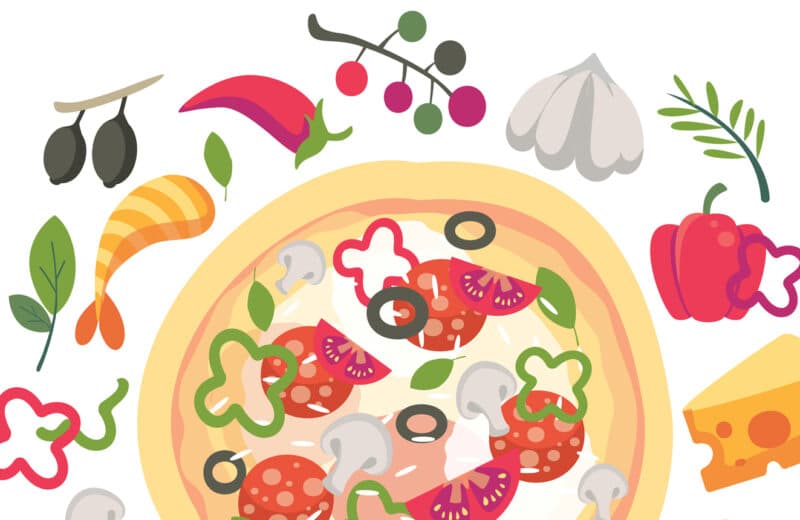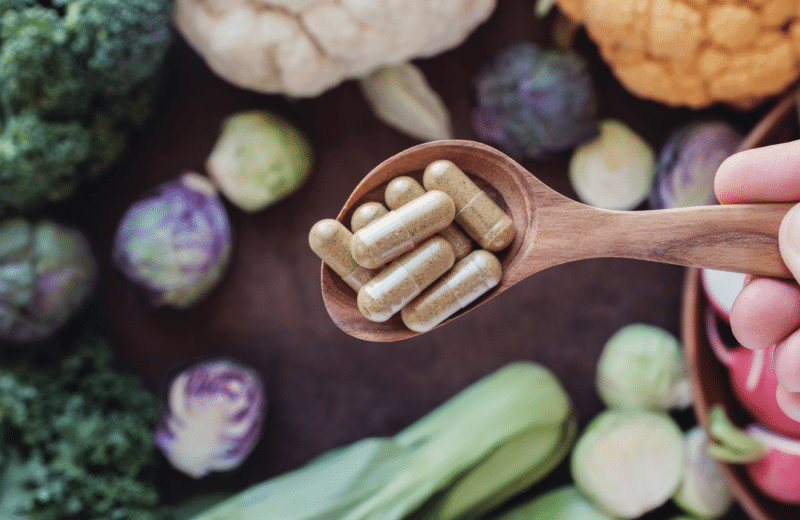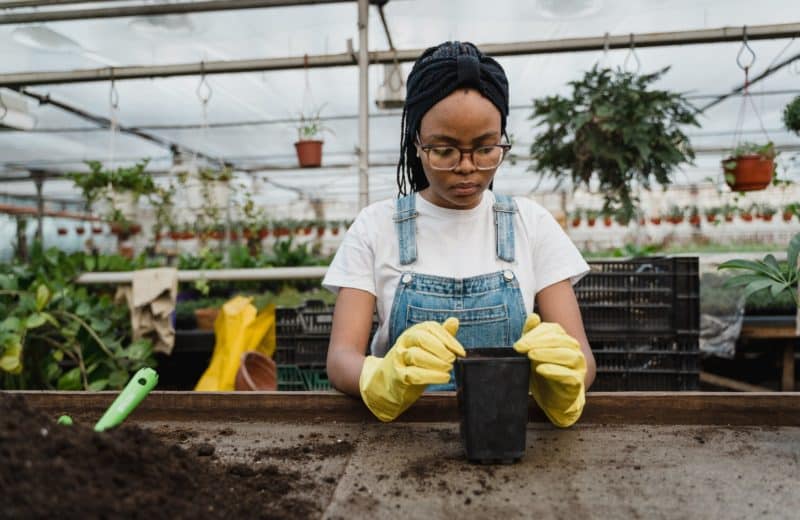To make your kitchen an enjoyable, easy place to work, make sure your tools and ingredients are handy, your sink is cleared out and your work surfaces are clean. And, like any good workspace, your kitchen needs good tools. Here’s help assembling a tool kit of kitchen utensils that you can use to prep healthier meals.
Knives
Those butcher blocks full of knives look nice on your counter, but you really only need three: a serrated knife, a 9- to 10-inch-long chef’s knife and a paring knife. Knives are one thing you don’t want to buy without holding first; they should feel natural in your hand. Buy the best knives you can afford — they will last for many years.
Cutting boards
Two cutting boards are ideal — one for raw proteins and one for cooked foods and produce — to avoid cross-contamination when cooking. Cutting boards made of polyethylene plastic are inexpensive, durable and easy to clean. Look for ones that are dishwasher-safe.
Bowls
A set of three stainless-steel mixing bowls that fit inside one another is a space saver. They are inexpensive, versatile and will last a lifetime.
Measuring spoons and cups
One full set of measuring spoons and two sets of measuring cups are helpful. One set should be for measuring liquids — those measuring cups usually have handles and pour spouts — and one set should be for measuring dry ingredients that can be leveled off.
Cookware
Nonstick skillets are great tools for beginner cooks, but remember never to use metal utensils on nonstick pans — scratched surfaces negatively affect their nonstick surfaces. You’ll want both small and large nonstick skillets. You’ll also want small and large stainless-steel skillets, as well as small and large saucepans and a stockpot.
Instant-read thermometer
Found in nearly every supermarket meat section or with other kitchen gadgets, an instant-read thermometer is essential for making sure meat and poultry are safely cooked and done to your preference.
Utensils
Heat-resistant nonstick spatulas, vegetable peeler, rolling pin, meat mallet, a slotted spoon for draining, a wire whisk, tongs, a few wooden spoons and a ladle will help you tackle just about any kitchen task.
Colander
You want a colander that has feet and is the right size for your family (think about how much pasta you need to drain at once). Also, make sure it will fit in your sink.
Bakeware
You’ll want at least one 9-by-13-inch baking pan, roasting pan and rack, pizza pan, baking sheets and 3-quart rectangular and 8-inch-square glass baking dishes.
Storage containers
Storage containers aren’t just for storing leftovers, but can also stash any unused ingredients that come from making dinner.
Slow cooker
Buy one that’s the right size for your family. A slow cooker is a great tool for someone on the go: A lot of recipes can be thrown together in minutes before work and then be ready to eat when you get home.
Electric hand mixer
Baked goods are so much easier with a hand mixer. You can get one for about $15.
Blender
Handy for blending up a smoothie or salad dressing, a blender also makes short work of ingredients you’d like chopped or pulverized.
(EatingWell is a magazine and website devoted to healthy eating as a way of life. Online at www.eatingwell.com.)
(c) 2017 MEREDITH CORPORATION. DISTRIBUTED BY TRIBUNE CONTENT AGENCY, LLC.

